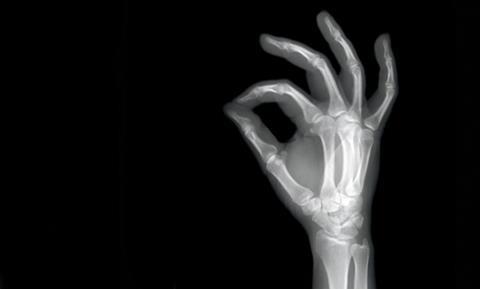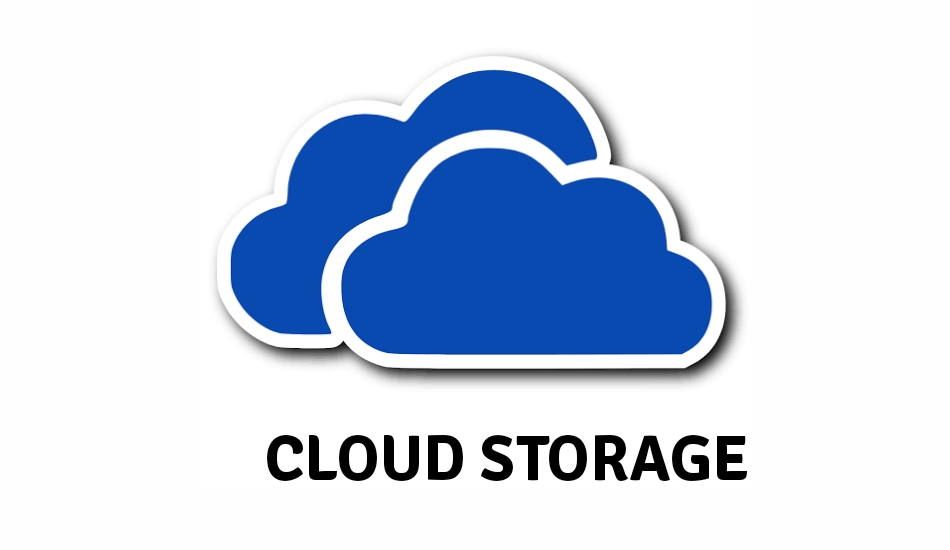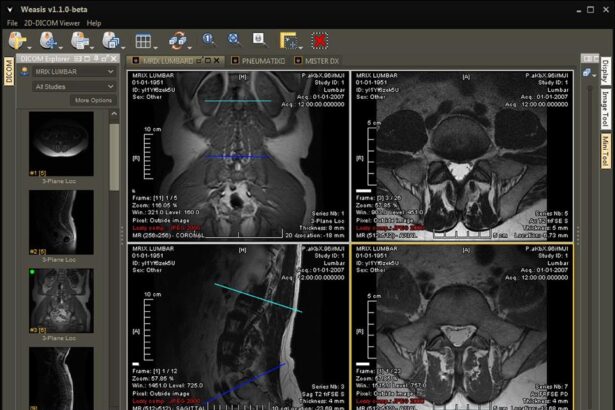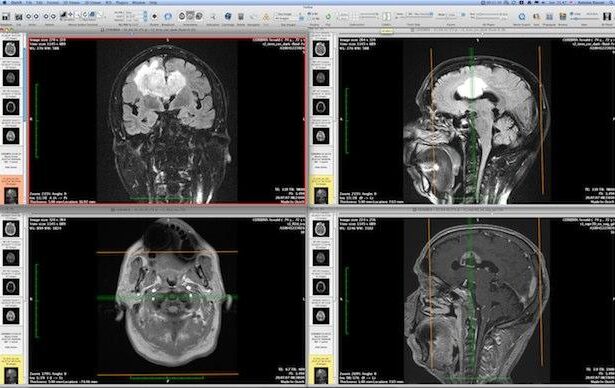When your doctor needs a second opinion on your X-ray, radiology image sharing happens behind the scenes.
But have you ever wondered how your private medical images and data stay protected when they travel between healthcare providers?
The invisible shield of secure transfer protocols makes this possible, keeping your most sensitive information safe from prying eyes.
Why Your Medical Data Needs Special Protection?
Your medical records contain some of your most personal information, from health conditions to insurance details. This data is valuable to hackers and data thieves.
Medical data breaches are more common than you might think. In 2023 alone, over 88 million patient records were exposed in healthcare data breaches. What is the average cost of these breaches? A staggering $10.93 million per incident.
When your information moves between providers—whether for consultations, second opinions, or transfers of care—it’s particularly vulnerable. That’s where secure transfer protocols become your data’s best defense.
What Are Secure Transfer Protocols?
Use secure transfer protocols as specialized delivery services for your digital medical information.
They create protected pathways that shield your data as it moves from one healthcare system to another.
These protocols use complex encryption methods—essentially turning your readable information into scrambled code that authorized recipients can only unlock with the right digital “keys.”
The Most Common Secure Protocols in Healthcare
Different types of protocols serve different purposes in healthcare data sharing:
| Protocol | Main Use | Key Benefits |
| HTTPS/TLS | Web-based portals and applications | Encrypts data in transit; Widely supported |
| DICOM with TLS | Radiology image sharing | Maintains image quality; Preserves metadata; Industry standard |
| SFTP/FTPS | Large file transfers | Standardized format, Real-time capabilities; Simplified implementation |
| HL7 FHIR | Modern healthcare data exchange | Standardized format, Real-time capabilities, Simplified implementation |
The healthcare industry has gradually shifted from older, less secure methods (like unencrypted email or CDs) to these modern, protected channels. According to recent healthcare IT security reports, this shift has reduced unauthorized access incidents by approximately 67%.
How These Protocols Protect Your Data
When you undergo an MRI and your doctor wants a specialist to review it, here’s how secure protocols protect your information:
- Authentication: The sending and receiving systems verify each other’s identities using digital certificates, similar to checking ID before allowing access.
- Encryption: Your images and related data get converted into unreadable code that can only be deciphered with specific keys.
- Integrity Checks: Digital “seals” ensure nothing has been altered during the transfer process.
- Access Controls: Only authorized healthcare providers with appropriate credentials can access your information.
These layers work together like a security system for your digital medical data. The transfer stops if any layer detects a problem, preventing potentially compromised sharing.
Real-World Impact on Your Healthcare
Secure transfer protocols do more than protect your privacy—they improve your care in several ways:
Faster Consultations
Before secure digital transfers, getting a second opinion might have meant physically shipping films or CDs, which would have taken days or weeks. Your images can be securely shared in minutes, meaning you get answers and treatment faster.
Reduced Medical Errors
When your complete information travels securely between providers, miscommunication or missing data is less likely. This leads to fewer treatment errors and better coordination between your healthcare team members.
Lower Costs
Secure digital transfers eliminate the need for duplicate tests. If you’ve ever had to repeat an X-ray because images couldn’t be shared between facilities, you understand the convenience and cost savings of proper data sharing.
What You Can Ask Your Healthcare Provider
You have a right to know how your information is protected. Next time you’re at a medical appointment, consider asking:
- “How do you share my medical images if you need another opinion?”
- “What security measures are in place when you send my data to other providers?”
- “Do you use encrypted systems for sharing my health information?”
The best healthcare providers will welcome these questions and have clear answers about their data security practices.
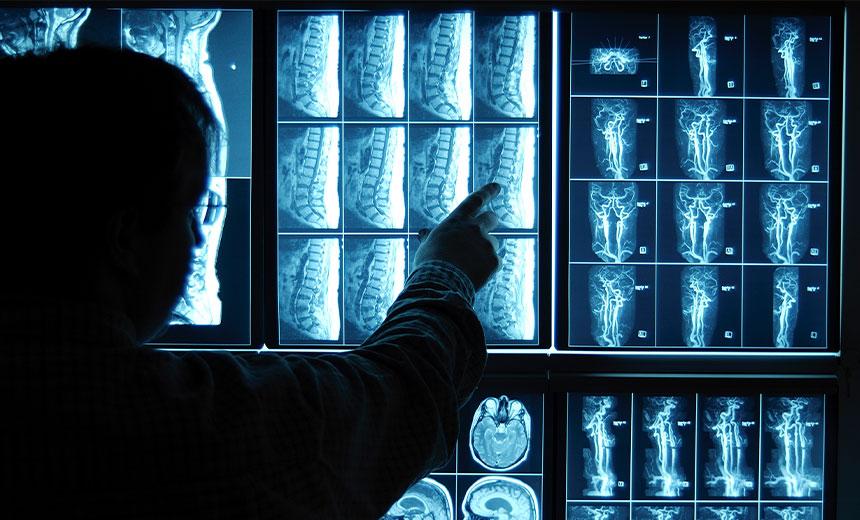
The Future of Secure Medical Data Transfer
The healthcare industry continues to improve how information moves between providers. Emerging technologies like blockchain are being tested to create even more secure and traceable sharing systems.
As standards evolve, the goal remains the same: protecting sensitive health information while ensuring it’s available to the right healthcare providers when needed.
Final Thoughts
Security shouldn’t be an afterthought regarding your health data. Today’s secure transfer protocols offer robust protection for private medical information, including radiology image sharing and other consultation needs.
These invisible shields work continuously behind the scenes, ensuring your data remains private and accessible to those providing your care.

